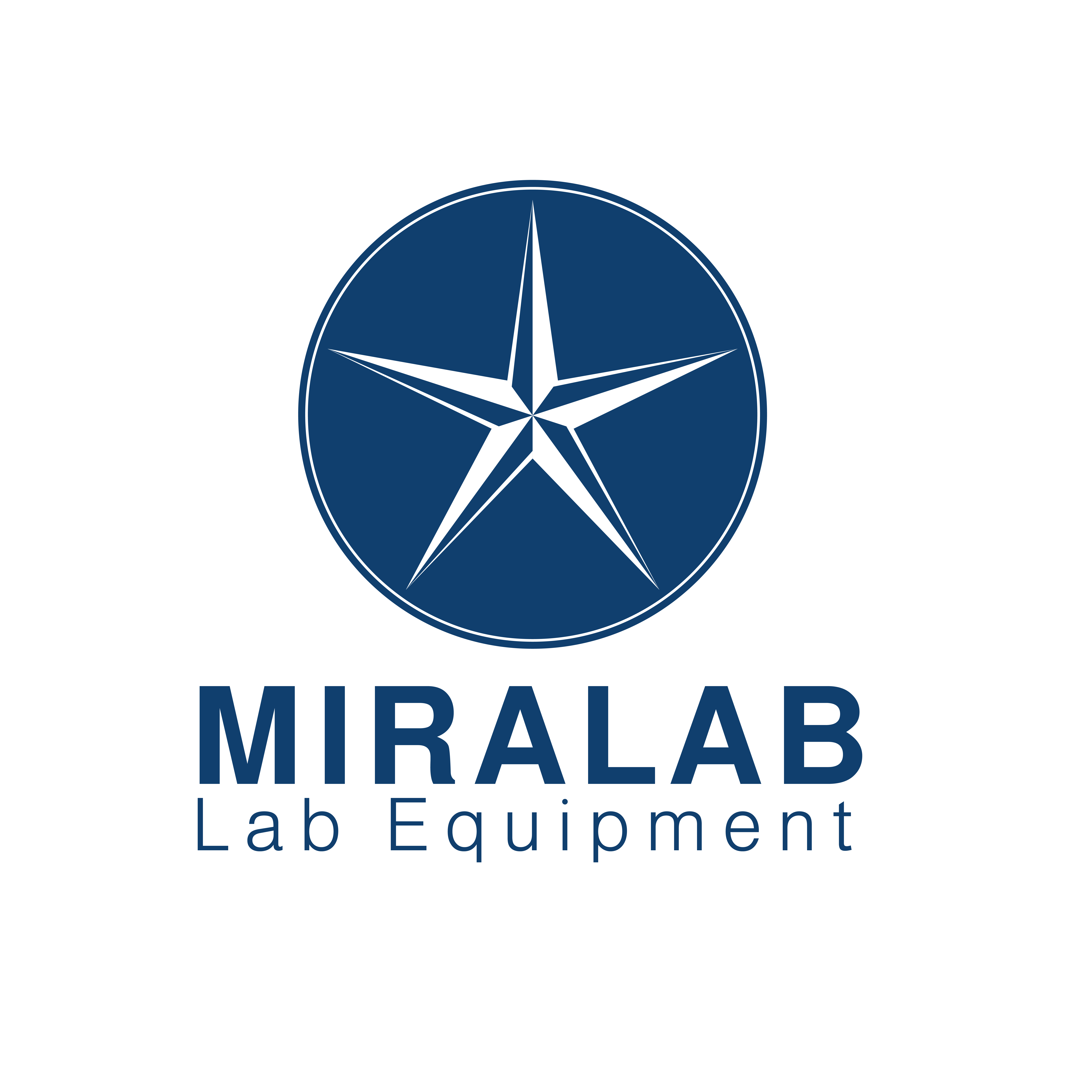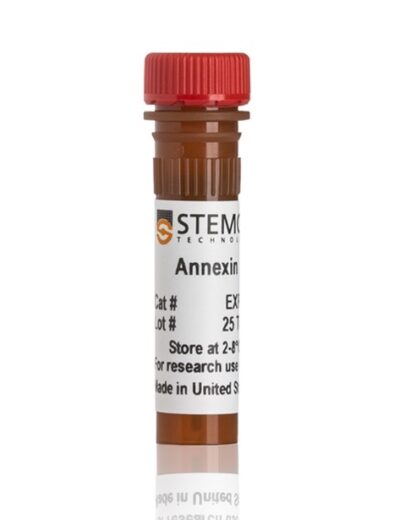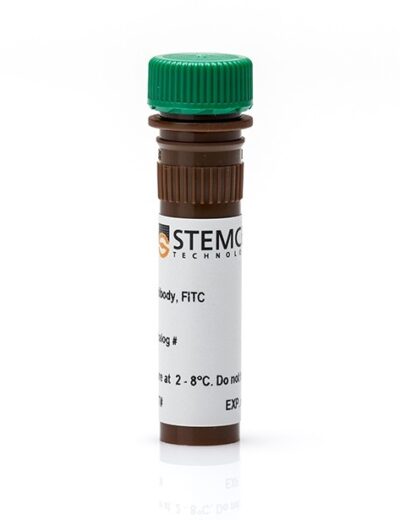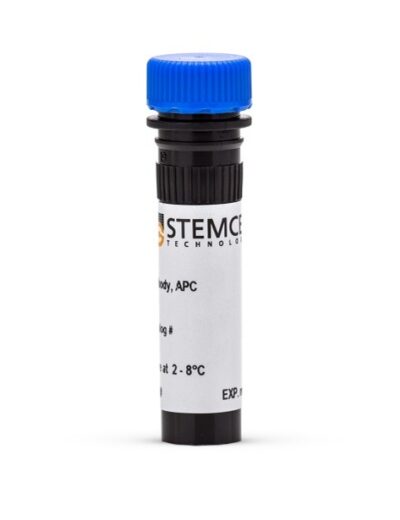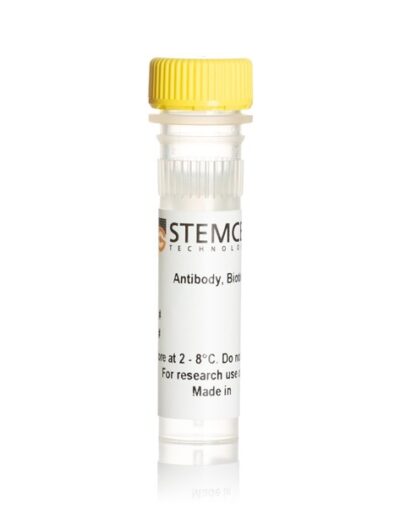Anti-Human CD105 Antibody, Clone SN6h, APC Mouse monoclonal IgG1 antibody against human, mouse CD105 (endoglin)

Overview
The SN6h antibody reacts with CD105 (Endoglin), an ~180 kDa cell-surface glycoprotein that is a disulfide-bonded homodimer comprising ~90 kDa type I transmembrane subunits. CD105 is a component of the TGF-β receptor complex and is expressed by vascular endothelial smooth muscle cells, syncytiotrophoblasts of placenta, and activated macrophages, and at relatively low levels by stromal fibroblasts. Its expression is also observed in some types of tumors, and levels are up-regulated on the endothelium during angiogenesis. In concert with signaling receptors, CD105 binds to TGF-β1 and TGF-β3 with high affinity, but does not bind TGF-β2. Other ligands reportedly include Activin A, BMP-2, BMP-7, and BMP-9. CD105 has important roles in angiogenesis, cardiovascular development, and vascular remodeling, and the protein serves a regulatory role in cytoskeletal reorganization by modulating the sites of focal adhesion and cellular migration. Certain mutations in CD105 result in the autosomal dominant disorder hereditary hemorrhagic telangiectasia (HHT). The epitope of the SN6h antibody is reportedly localized within the Ala119-Gly230 sequence of the N-terminal OR1 (orphan region 1) domain. CD105 is often used in combination with CD73 and CD90 to phenotype mesenchymal stromal cells.
Contains: Phosphate-buffered solution, pH 7.2, containing 0.09%
sodium azide and 0.2% (w/v) bovine serum albumin
sodium azide and 0.2% (w/v) bovine serum albumin
Subtype: Primary Antibodies
Target Antigen: CD105 (Endoglin)
Alternative Names: Cell surface MJ7/18 antigen, Edg, END, ENG, HHT1, ORW1
Reactive Species: Human
Conjugation: APC
Host Species: Mouse
Cell Type: Mesenchymal Stromal Cells
Application: Flow Cytometry
Area of Interest: Endothelial Cell Biology; Stem Cell Biology
Clone: SN6h
Gene ID: 2022
Isotype: IgG1, kappa
